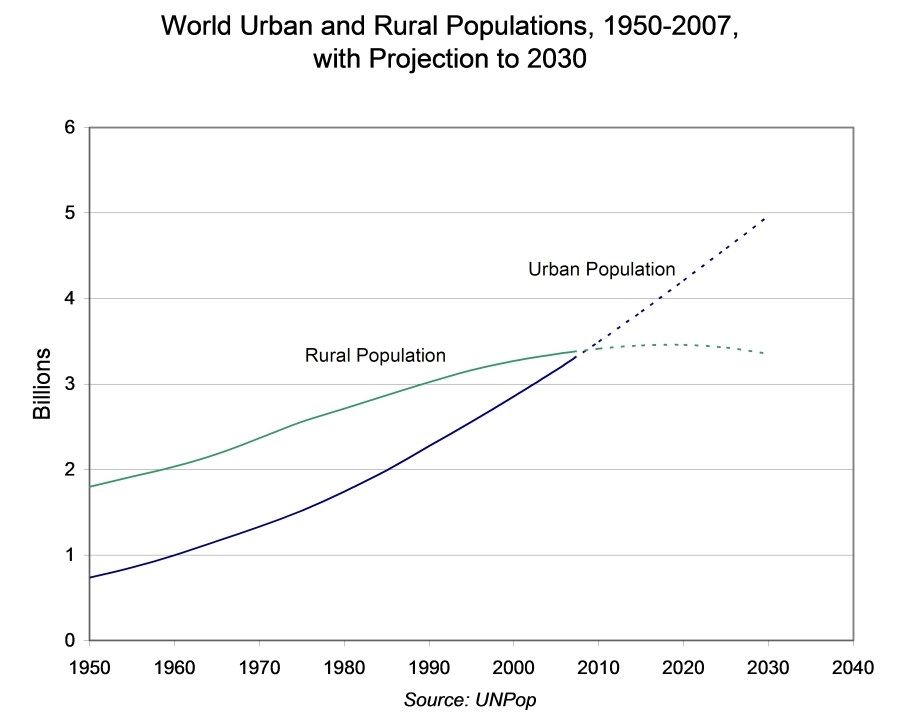
Contributed by Phil Katz, AAM’s Assistant Director for Research.
Most anecdotal evidence has pointed to shrinking museum staffs in 2009. However, new projections from the Bureau of Labor Statistics suggest that the demand for museum curators, registrars and relate museum professionals will be up sharply over the next decade – 23% for curators between 2008 and 2018 and 26% for “museum technicians” (as the government calls registrars, et al.). This comes from the brand new edition of the Occupational Outlook Handbook for 2010-11, which categorizes the growth as “much faster than average employment” but warns that “keen competition is expected for most jobs … because qualified applicants generally outnumber job openings.” US News & World Reports even calls curating “one of the 50 best careers of 2010.”
Two caveats on this projection: First, the BLS only counts a portion of the museum professionals working in the United States. According to their numbers, there were only 11,700 working curators in 2008 – which seems unrealistically low, with more than 17,500 museums in the country (a low-ball estimate) and the large number of curators who combine their curating with other functions.
This could mean an even larger number of openings than the BLS predicts, which is potentially good news for museum job seekers. But (and here comes the second caveat) the keen competition for these positions is likely to keep wages from rising very much. (According to the BLS, in May 2008 the median wage for curators was just about $45,000. They’re not predicting what salaries will be in 2018.)
Switching gears completely, here are some projections of population growth and energy consumption over the next decade or two – the big context in which all those new curators and registrars (and their institutions) will be operating!
These three graphics are part of the supporting evidence from a new book by environmentalist Lester R. Brown, Plan B 4.0: Mobilizing to Save Civilization (New York: W.W. Norton & Company, 2009). For more information and a free download of the book, visit the Earth Policy Institute










